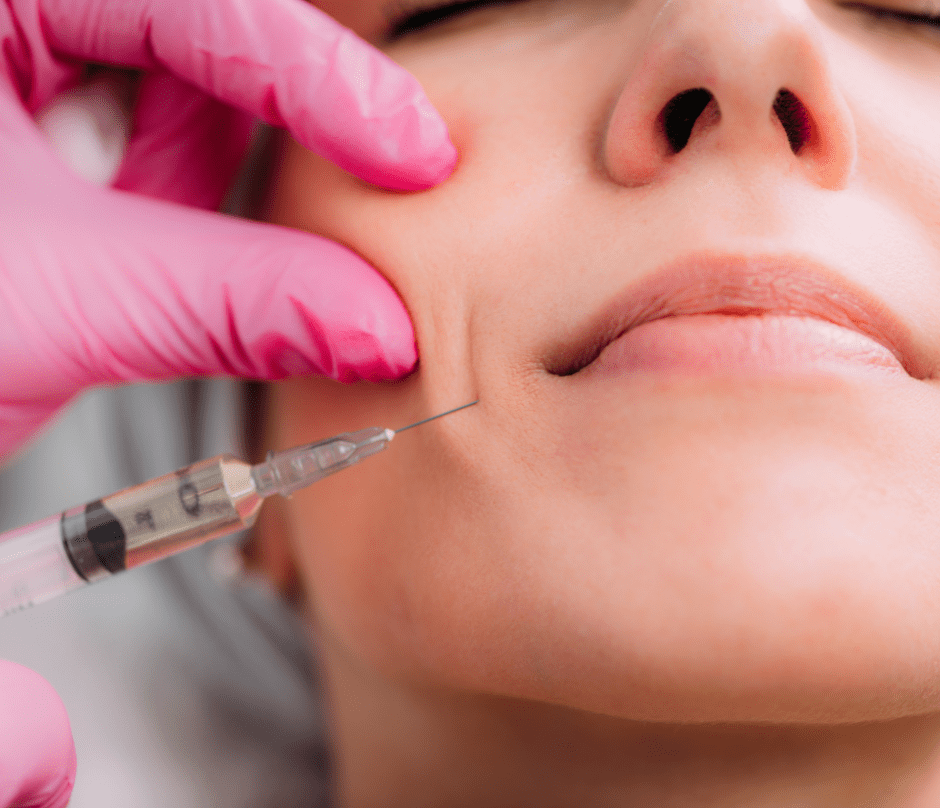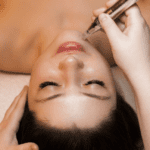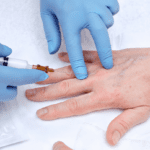In the previous part, we talked about how Dermal fillers work, the types and uses, and also what are the FDA unapproved fillers. So this part will discuss the FDA-approved Dermal filler’s adverse effects and some guidelines you need to know about this treatment.
When considering dermal filler treatment, it’s important to seek a reputable med spa that uses FDA-approved products, and to be aware of potential adverse effects and guidelines to ensure a safe and successful outcome.
What Are The FDA-Approved Dermal Filler’s Adverse Effects?
Using dermal fillers is not without its share of possible problems, just like any other medical treatment. Most adverse effects observed during clinical trials and post-market surveillance appeared soon after the injection and resolved themselves within a few weeks. Sometimes the manifestation of adverse effects can be delayed by weeks, months, or even years.
Here are some common adverse effects:
- Rash
- Tenderness
- Pain
- Redness
- Swelling
- Difficulty in performing some activities
- Bruising
- Itching
Before having dermal fillers injected into your body, individuals should be screened for allergies first. This is especially important for animal materials, such as collagen, which can cause allergic reactions.

The injection of dermal fillers into a blood vessel by accident is the most significant risk of using these products. If filler gets into a blood artery, it might induce necrosis of the skin, which can lead to stroke or blindness. The difficulties can be severe even while the likelihood of this occurring is low. In some cases, they may even be permanent.
You may require additional procedures to reduce the amount of filler you have or surgery to remove it if you decide to have fillers removed or reduced because of the possibility of adverse effects. These procedures each come with their own set of dangers. Be careful that removing some filler materials could be challenging or even impossible in some cases.
Guidelines Regarding FDA-Approved Dermal Fillers
1. Be sure to consult with a qualified medical professional who holds a license and has received training in injecting dermal fillers. The practitioner needs to utilize FDA-approved dermal fillers that are included in properly labeled and sealed vials or syringes that have already been pre-filled.
2. Ensure you are aware of the product that will be administered and any possible risks. Find out where the injection of each treatment you will be having will take place. When you have any questions, you should discuss them with a qualified medical professional.
3. Never inject dermal fillers or anything that claims to be a needle-free injection “pens” into your skin.
4. Don’t purchase dermal fillers offered for sale directly to consumers. FDA-approved dermal fillers are only intended for use with a prescription and may be phony, contaminated, or not permitted for use in the United States.
5. Regarding body contouring, you should avoid getting any filler, or liquid silicone injected.
6. Ask your professional medical practitioner for the patient labeling information for FDA-approved injectable dermal fillers, and then read it.
Final Note
Clinical studies have not been conducted to investigate whether or not it is risky to use dermal fillers in combination with Botox or any other treatment. If you want to undergo dermal fillers, you should research first and always consult professional doctors.


